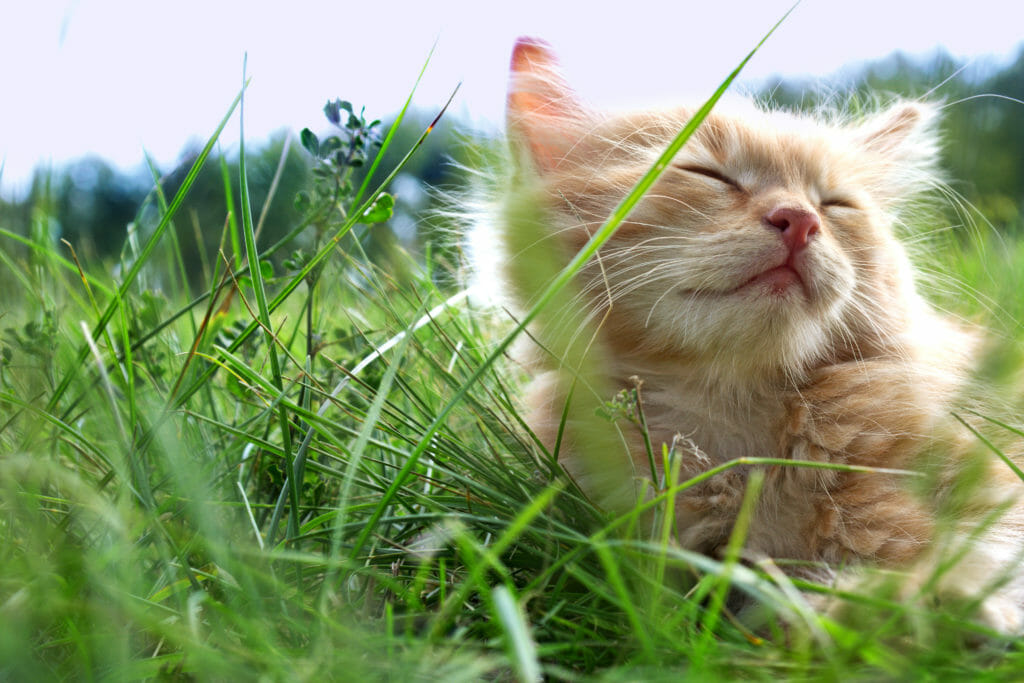Oliver had always been a lazy cat, not very interested in play or high energy activities, but I had always attributed that to normal cat behaviour. One day I noticed that his gums looked very irritated, red and swollen. I took him to see Dr. Ackerley who diagnosed him with something called Lymphocytic-Plasmacytic (Gingivo) Stomatitis or just Stomatitis for short. I felt like I had missed all of the signs that should have been there as he was still eating (and would often tell stories to try and get extra rations), he didn’t seem uncomfortable, he didn’t cry in pain, or rub at his mouth. So why didn’t he show any of these signs? The problem is that cats don’t typically show signs of pain or discomfort which can make it very difficult to notice these types of medical issues.
So, what is this disease? The biggest problem we run into is that we do not know much about Stomatitis or why is occurs in cats. We do know that it is inflammation of the oral mucosa beyond gingivitis.
So, what do we do? The first step is to test for FIV and FELV; Feline Immunodeficiency Virus and Feline Leukemia to ensure there isn’t that underlying issue, as stomatis can sometimes be present in cats due to these issues.
Next we look at the following treatment options if the above tests were negative. There are multiple treatment options:
- Putting the cat on the following types of medication can sometimes help. These can include things like antibiotics, anti-inflammatory medications, immunomodulators/stimulators. Unfortunately we commonly see that cats will not react to treatment, it is fairly rare to see a complete turnaround.
- Full mouth healthy tooth extraction – This is the final option when treatment does not help. We remove all of the teeth in an attempt to remove the irritant (the bacteria on the teeth) from the mouth.
Oliver unfortunately had to lose all of his pearly whites. We had to do this in two stages as each surgery was at least 4 hours long. Healthy teeth are much harder to extract as they are still strongly rooted. We removed ½ of his teeth each time (one side at a time). The recovery process didn’t take long, and he was able to eat soft food right after surgery, although he really wanted dry food.
Once everything was done I started to notice a huge change in his personality. He was becoming a more active and friendly cat. He lost weight, and was more willing to play with his brother Norman. He now eats his hard food without any issues and enjoys hunting his fake mice. It is quite amazing to see the change in them once they are no longer in constant pain, and a happy kitty makes for a happy pet-parent.
If you are concerned about stomatitis in your cat please seek vet care/advice. It is a very uncomfortable and painful disease that will not go away on its own.
Written By: Dartmouth Veterinary Hospital



